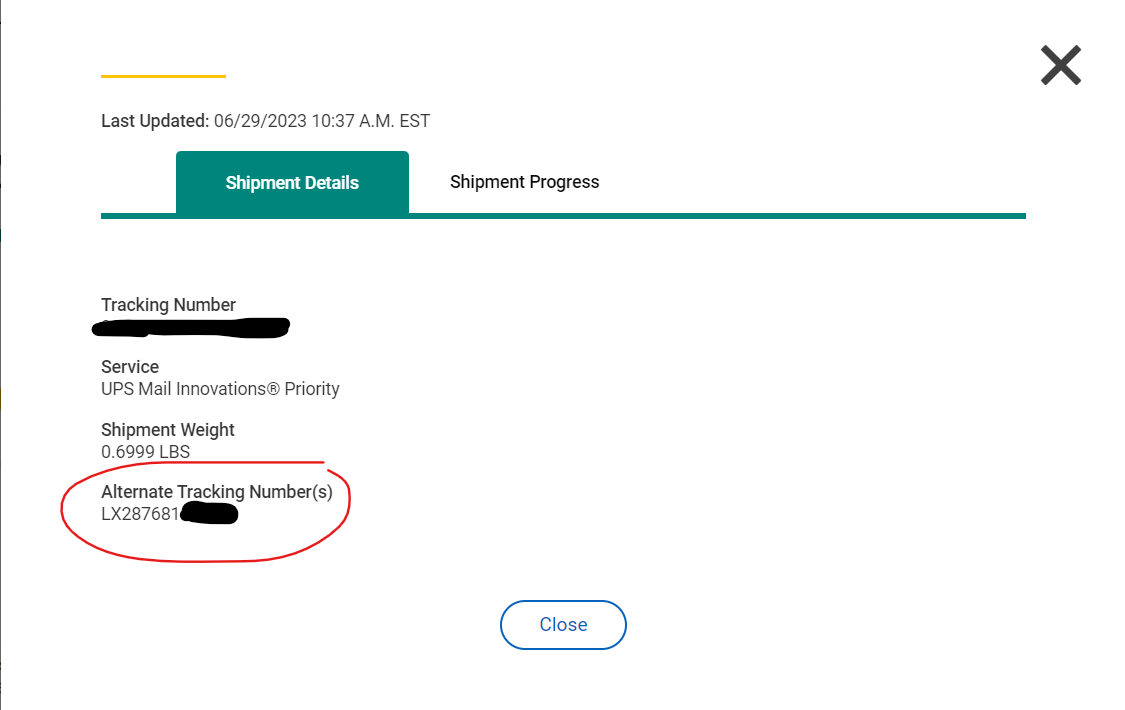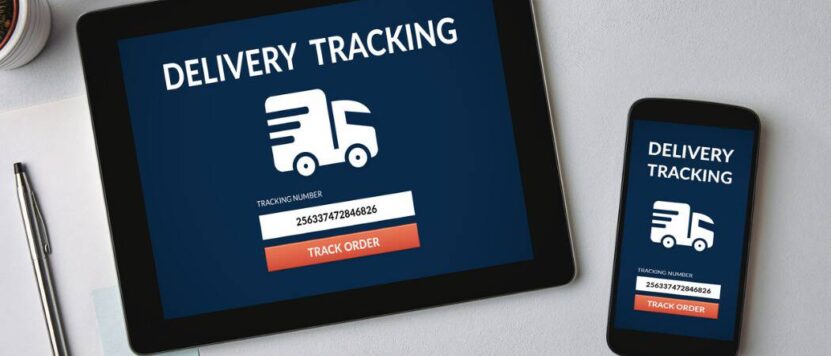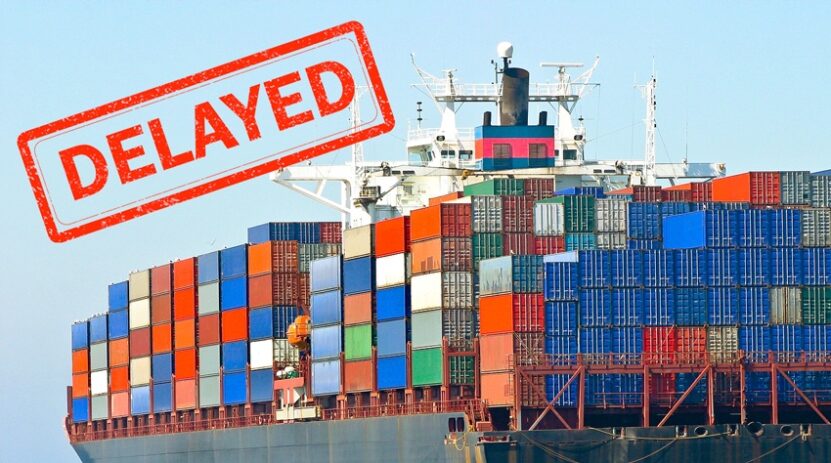Shipment tracking is an essential service provided by courier companies, allowing customers to monitor their package’s progress from dispatch to delivery. This feature is vital for transparency and peace of mind, enabling customers to observe their package’s journey in real-time. Understanding how to effectively utilize this tool is crucial for enhancing your experience with online shopping and parcel delivery. It reduces the anxiety associated with waiting for a package and ensures that you are always in the loop regarding its location and estimated delivery time. This blog post aims to demystify the process of shipment tracking, offering a comprehensive guide to help you stay informed about your package’s journey.
Understanding Shipment Tracking Numbers

A shipment tracking number is a unique identifier assigned to your package, essential for monitoring its progress. Typically a combination of letters and numbers, its length varies depending on the courier service. This number is not just a random sequence; it’s a powerful tool that unlocks access to detailed information about the package’s location, movement, and estimated delivery time. By inputting this number into the courier’s tracking system, you can instantly view the real-time status of your shipment. This simple yet sophisticated technology bridges the gap between dispatch and delivery, ensuring that you are never in the dark about where your package is at any given moment.
How to Locate Your Shipment Tracking Number
Locating your shipment tracking number is straightforward when you see the in-transit mark. You can find this essential piece of information on your order confirmation email or directly on the shipping company’s website. For online purchases, retailers typically send this number via email as soon as the package is dispatched. If you are the sender, this number is often found on the receipt or shipping label. It’s important to keep this number safe as it is the gateway to accessing real-time updates about your package. In cases where the tracking number is not immediately visible, contacting the retailer or shipping company can quickly resolve the issue, ensuring you have the necessary tools to track your shipment effectively.
Tracking Your Package Online
Online tracking is the most convenient way to monitor your package. Almost every courier service offers an online tracking system accessible through their website. To track your package, simply enter the tracking number in the designated field. This system provides real-time updates on your package’s location, movement, and estimated delivery date. Some courier services also offer detailed maps showing the package’s journey. This feature is particularly useful for international shipments, as it allows you to see exactly how far your package has traveled and what stages it has yet to complete.
Reading Shipment Status Updates

Understanding shipment status updates is key to effectively tracking your package. These updates, accessible through the tracking number, provide a snapshot of where your package is in the delivery process. Common status updates include “In Transit,” indicating the package is on the move, “Out for Delivery,” meaning it’s on its final journey to your doorstep, and “Delivered,” confirming the package has arrived. Other statuses might include “Delayed,” “Held at Customs,” or “Returned to Sender.” By familiarizing yourself with these updates, you can better anticipate the arrival of your package and be informed of any potential delays.
Common Shipment Statuses Explained
Understanding common shipment statuses demystifies the tracking process. “In Transit” means your package is moving between facilities en route to its destination. “Out for Delivery” indicates that it’s on the final leg of its journey. “Delivered” confirms the package has reached its intended recipient. Conversely, “Delayed” signals a hold-up, possibly due to weather, logistics, or customs issues.
“Held at Customs” is typical for international shipments needing clearance, and “Returned to Sender” suggests an issue with the delivery address or refusal by the recipient. Knowing these statuses helps manage expectations regarding delivery timelines.
Tracking Your Package via Mobile Apps

Many courier services offer mobile apps for even more convenient tracking. These apps often provide features beyond basic tracking, like push notifications for status updates and interactive maps. Using an app, you can track multiple packages simultaneously and receive real-time alerts, making it easier to manage deliveries, especially if you frequently receive or send parcels. This mobile convenience means you can stay updated on your package’s journey anytime, anywhere, directly from your smartphone.
Setting Up Shipment Notifications
To stay on top of your package’s journey, setting up shipment notifications is a game-changer. Many courier services and e-commerce platforms offer the option to receive email or text notifications for various stages of the delivery process. These alerts can inform you when your package is dispatched, out for delivery, or delivered. Some services even offer customizable notifications, allowing you to choose which updates you receive. This proactive approach ensures you’re always informed and can make necessary arrangements, like ensuring someone is available to receive the package.
Dealing with Shipment Delays

Shipment delays, while frustrating, are sometimes inevitable. When facing a delay, the first step is to check the tracking status for any explanatory notes. If the information is vague, contacting the courier service for clarification is advisable. It’s important to remain patient and understanding, as delays often result from circumstances beyond the courier’s control, like weather or logistical challenges. In cases of prolonged delays, exploring options like filing a claim or receiving compensation may be necessary, depending on the courier’s policies and the nature of your shipment.
Contacting Customer Support for Shipment Issues
If you encounter issues with your shipment, reaching out to customer support is essential. This could be for reasons ranging from delays to lost packages. When contacting support, have your tracking number and relevant details on hand to facilitate a swift resolution. It’s important to communicate clearly and calmly, even if the situation is stressful. Remember, customer support is there to help, and providing them with accurate information can expedite the process of resolving your shipment issue.
Tips for a Smooth Shipment Tracking Experience
To ensure a smooth shipment tracking experience, follow these tips: always keep your tracking number handy, regularly check the tracking status, set up notifications for real-time updates, and be proactive in contacting customer support if issues arise. Additionally, understanding common shipment statuses and being patient with delays can significantly enhance your experience. These practices not only keep you informed but also help in managing your expectations regarding delivery times.
Conclusion: Staying Informed About Your Package’s Journey
In conclusion, effective shipment tracking is about staying informed and proactive. By understanding how to locate and use tracking numbers, reading status updates accurately, and utilizing online and mobile app resources, you can effortlessly navigate your package’s journey. Setting up notifications and knowing how to handle delays and contact support further ensures a seamless experience. With these insights, you’re now better equipped to track your shipments confidently and stay informed every step of the way.
